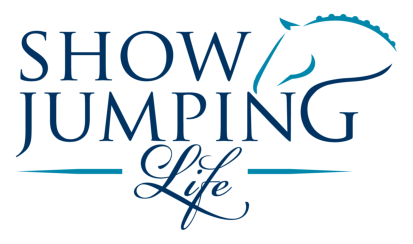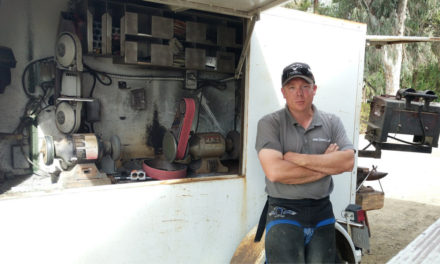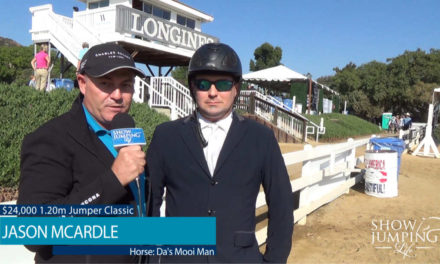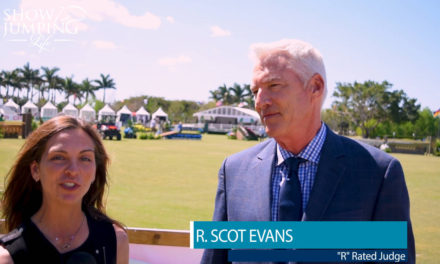Equestrian Training Scale: Rhythm – Video
US Dressage Federation (USDF) gold, silver and bronze medalist, Lena Nordlof-Davis, explains and demonstrates Rhythm as it relates to the Equestrian Training Scale (aka Training Pyramid).
The principles outlined in the training scale form the foundation to help you reach your full potential in show jumping. From the German Training Scale, it is called Takt (Rhythm – with energy & tempo).
What Is Rhythm?
Rhythm refers to the three different gates used in dressage and show jumping: walk, trot and cantor.
- The Walk should have a clear four-beat rhythm. You should notice that the horse’s legs on each side of his body come together to form a “V” while he is walking
- The Trot should have a clear two-beat rhythm. The horse’s left front and right hind hooves should hit the ground at the same time. Of course, that goes for the horse’s right front and left hooves leg as well.
- The Cantor should have a clear three-beat rhythm. During the first beat, one of the horse’s rear legs (eg. the left rear) propels him forward. During this beat, the horse is supported only on that single leg while the remaining three legs are moving forward. On the next beat the horse catches itself on the right rear and left front legs while the other hind leg is still momentarily on the ground. On the third beat, the horse catches itself on the right front leg while the diagonal pair is momentarily still in contact with the ground.
Learn more about Lena Nordlof-Davis on her website.




